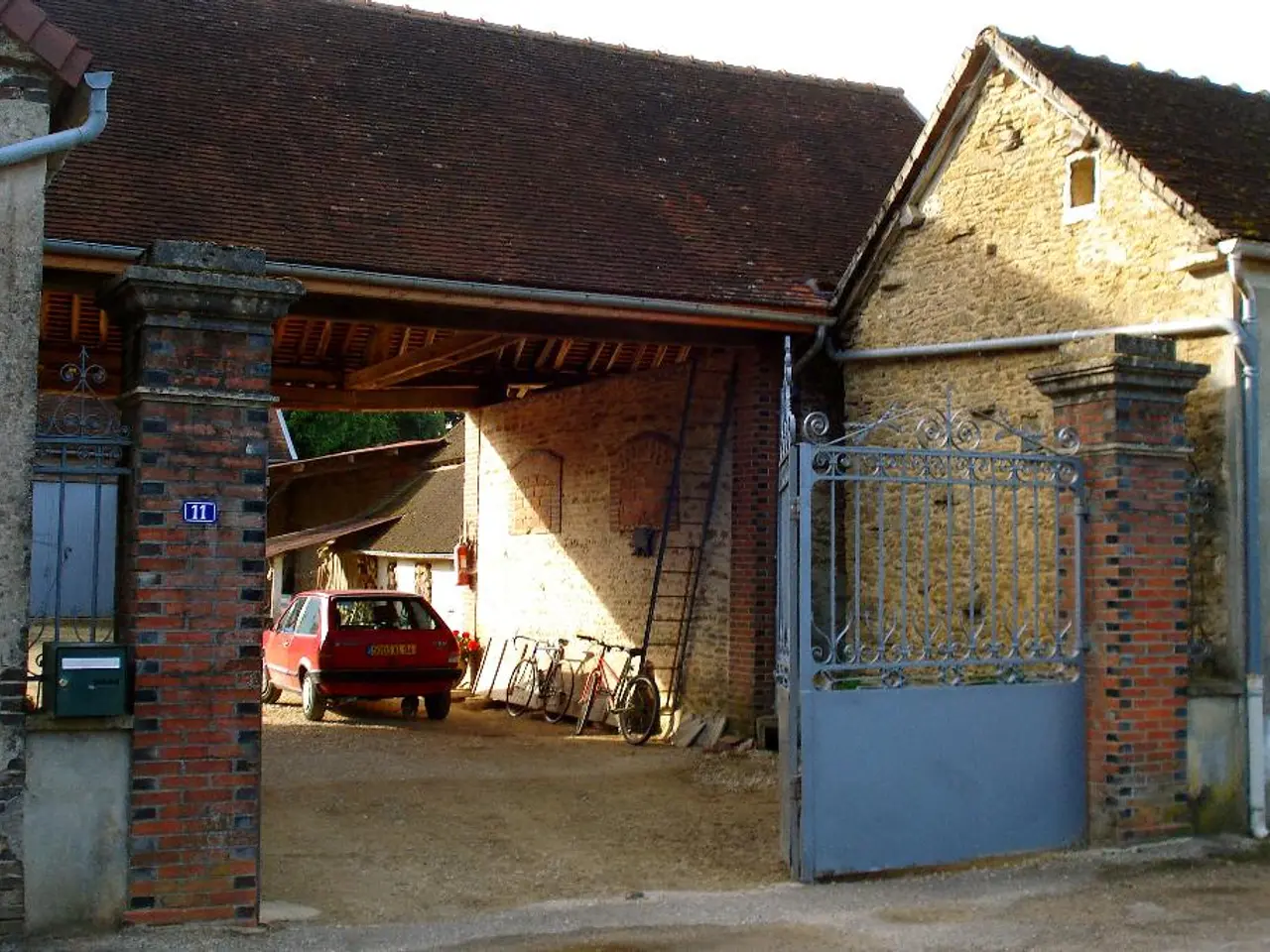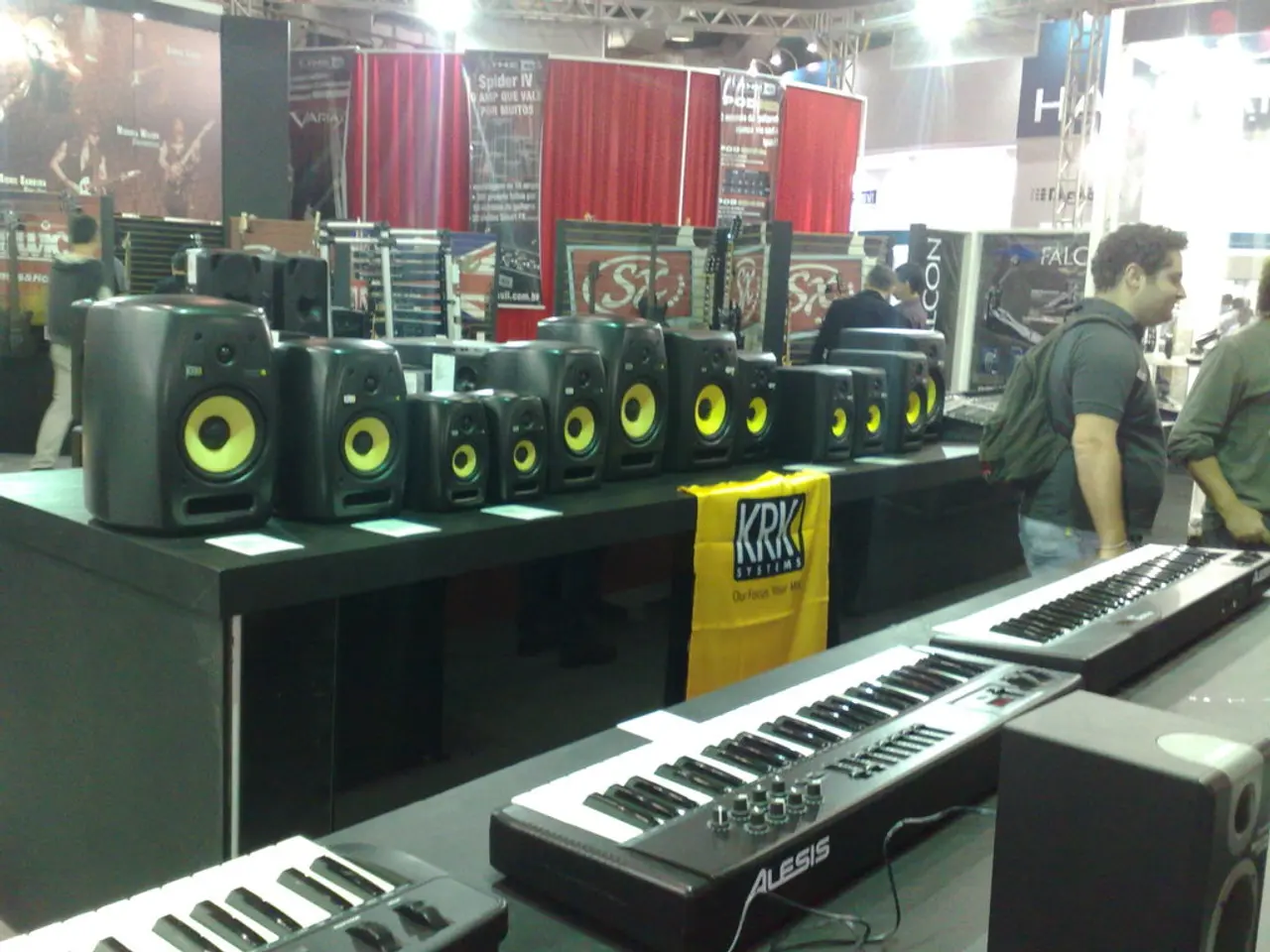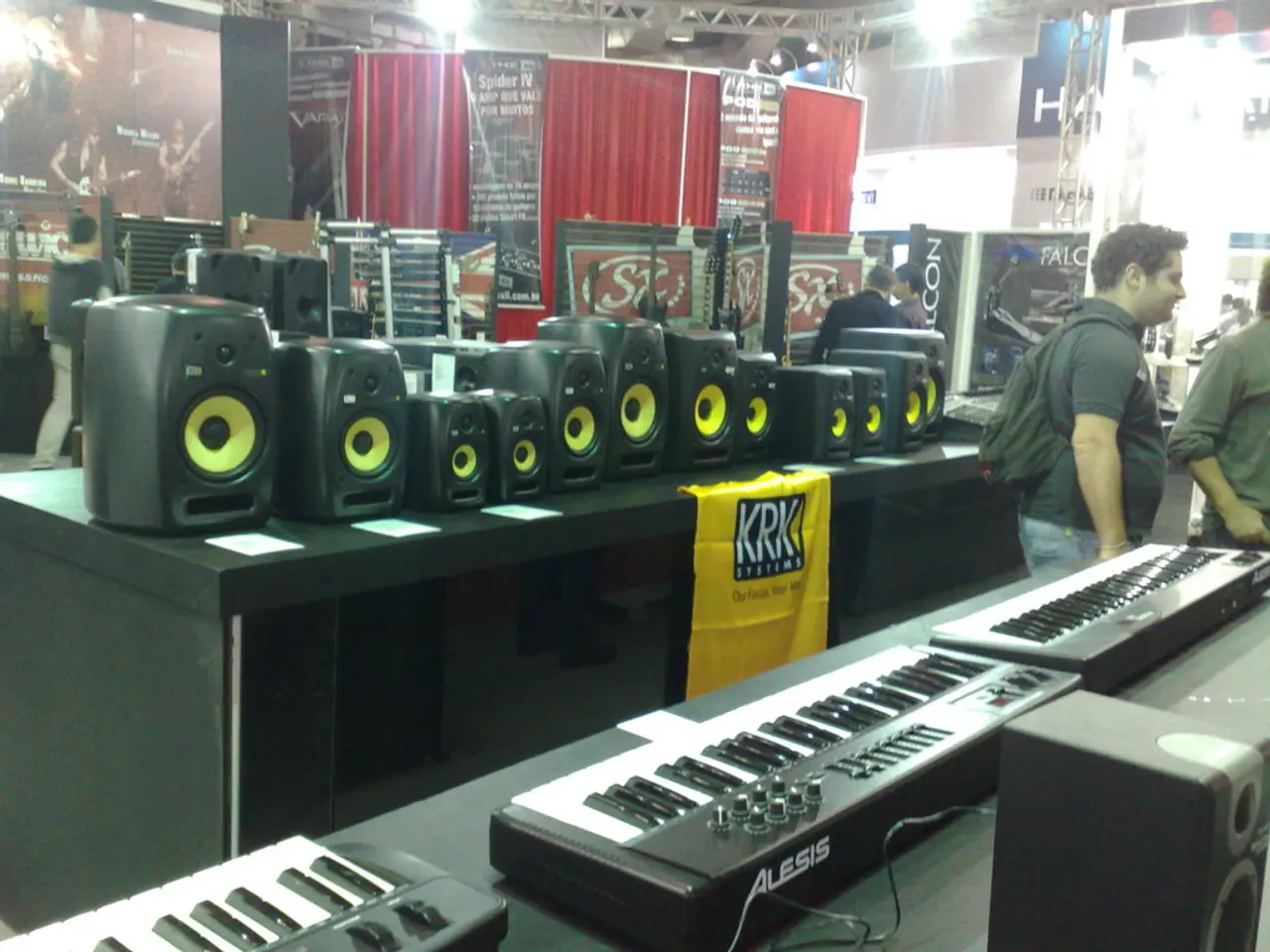EU's Transition from PROMISE to ENERGY PUSH: Historical and Current EU Initiatives on Housing Development
Europe is taking significant strides towards achieving its climate goals and social cohesion objectives, with a strong focus on affordable and energy-efficient social housing renovation. Six notable projects - HOPUS, PROMISE, Social Green, SHICC, SUDOE ENERGY PUSH, and H4.0E - are leading the way, each with its unique aims, methods, results, and budgets.
HOPUS, an acronym for the "Housing for Older People in Urban Settings" project, focuses on energy-efficient renovation of social housing, integrating innovative technologies for improved energy performance in existing buildings. The project, funded by the European Union, aims to achieve energy savings, reduced emissions, and enhanced living conditions.
PROMISE, or the "Promoting Municipal Energy Strategies for Energy Efficiency" project, centres around sustainable social housing renewal, employing renewable energy, retrofitting, and occupant engagement to reduce carbon footprints and generate cost savings. The project is supported by both EU and local funds.
Social Green, a project aimed at decarbonization and affordability in social housing, uses green building materials, systemic upgrades, and social inclusion strategies to deliver modernized housing with reduced heating costs. The project is financed through EU cohesion funds and specific grants.
SHICC, or the "Smart Housing for Innovative Community Control" project, emphasizes smart housing energy control, leveraging digital monitoring and AI for energy management in social housing. The project aims to enhance energy efficiency and occupant comfort and is typically funded by EU Horizon or regional innovation funds.
SUDOE ENERGY PUSH, a cross-border cooperation project for energy efficiency, promotes collaborative renovation projects, technical assistance, and piloting to foster synergies among regions and improve standards. The project is funded by the EU's SUDOE program budgets.
H4.0E, or the "Housing for the Fourth Industrial Revolution" project, integrates IoT, automation, and Industry 4.0 technologies to optimize resource use and enhance data-driven management, aiming to provide near-zero energy homes and zero energy/low carbon homes. The project is funded through research and innovation funding.
While a detailed comparison of these projects is not currently available, this overview framework can serve as a guide for understanding their typical aims, methods, results, and budgets. To gain precise details, one would need to consult official project websites, final reports, and European Commission communications or databases on funded projects.
These projects are not only transforming the housing landscape in Europe but also paving the way for a more sustainable, energy-efficient, and socially inclusive future. By focusing on decarbonizing housing stock, improving energy efficiency, and maintaining affordability for low-income and vulnerable populations, these projects are setting an example for other regions to follow.
Sports can serve as a potential avenue for engaging residents in occupant engagement programs, as illustrated in the PROMISE project focused on sustainability. This project encourages community participation in social housing renewal and carbon footprint reduction through sports events and activities, which can provide an enjoyable means to promote energy efficiency and cost savings.
The HOPUS project, while primarily focused on energy-efficient renovation, can also benefit from incorporating recreational facilities in or near social housing complexes, enhancing the living conditions and community spirit of residents. Such investments can foster a more cohesive society, addressing social objectives alongside climate goals, as Europe continues to strive for a sustainable future.





